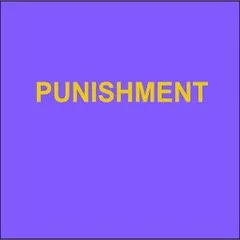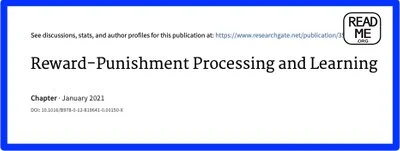By Thana Ridha and Sylvie Frigon
For over forty years, William Head on Stage (WHoS) has operated as an inmate-run prison theatre, making it one of Canada’s longest-standing prison arts initiatives. Staging Prison Theatre in Canada: Setting the Spotlight on William Head on Stage delves into the story of WHoS through the voices of the men involved, offering a unique criminological perspective that situates their experiences within the prison context. The analysis explores how WHoS creates an alternative space within the social and emotional realities of incarceration. By unlocking participants’ capacities, skills, and confidence, the initiative fosters a sense of agency and community both inside the prison and beyond. WHoS becomes a space for transformation, offering men opportunities to re-imagine themselves and build meaningful connections. This work underscores the broader significance of arts-based initiatives like WHoS, not only within prisons but also in the fields of criminology, theatre, and community engagement. It offers valuable insights for correctional administrators, criminologists, theatre practitioners, scholars, students, and anyone interested in the intersection of art and rehabilitation.
University of Ottawa Press / Les Presses de l’Université d’Ottawa, 2025. 139p.





















